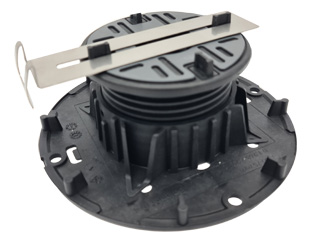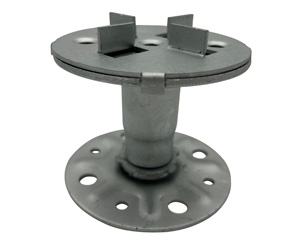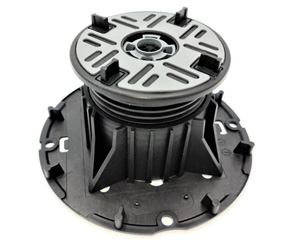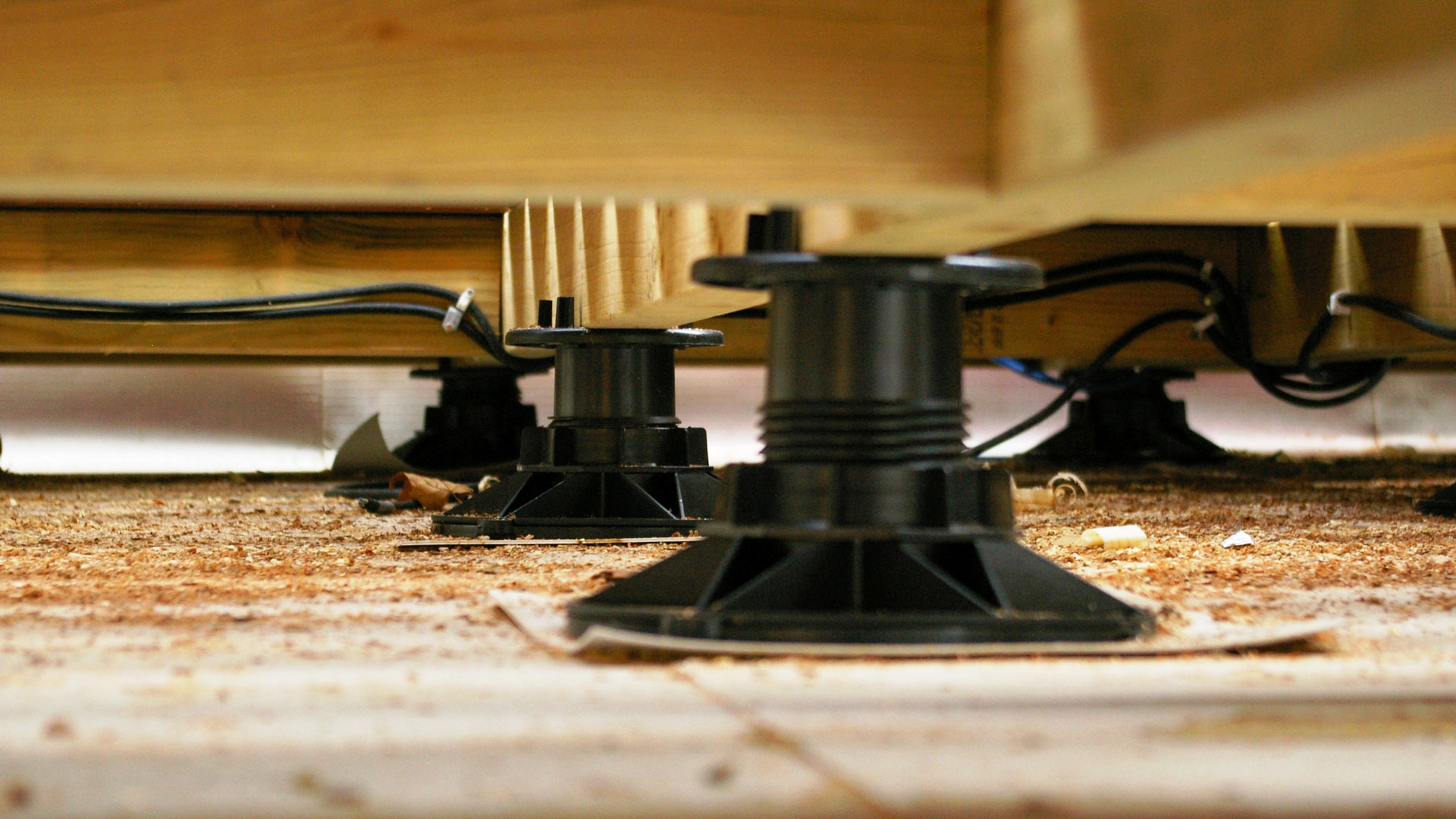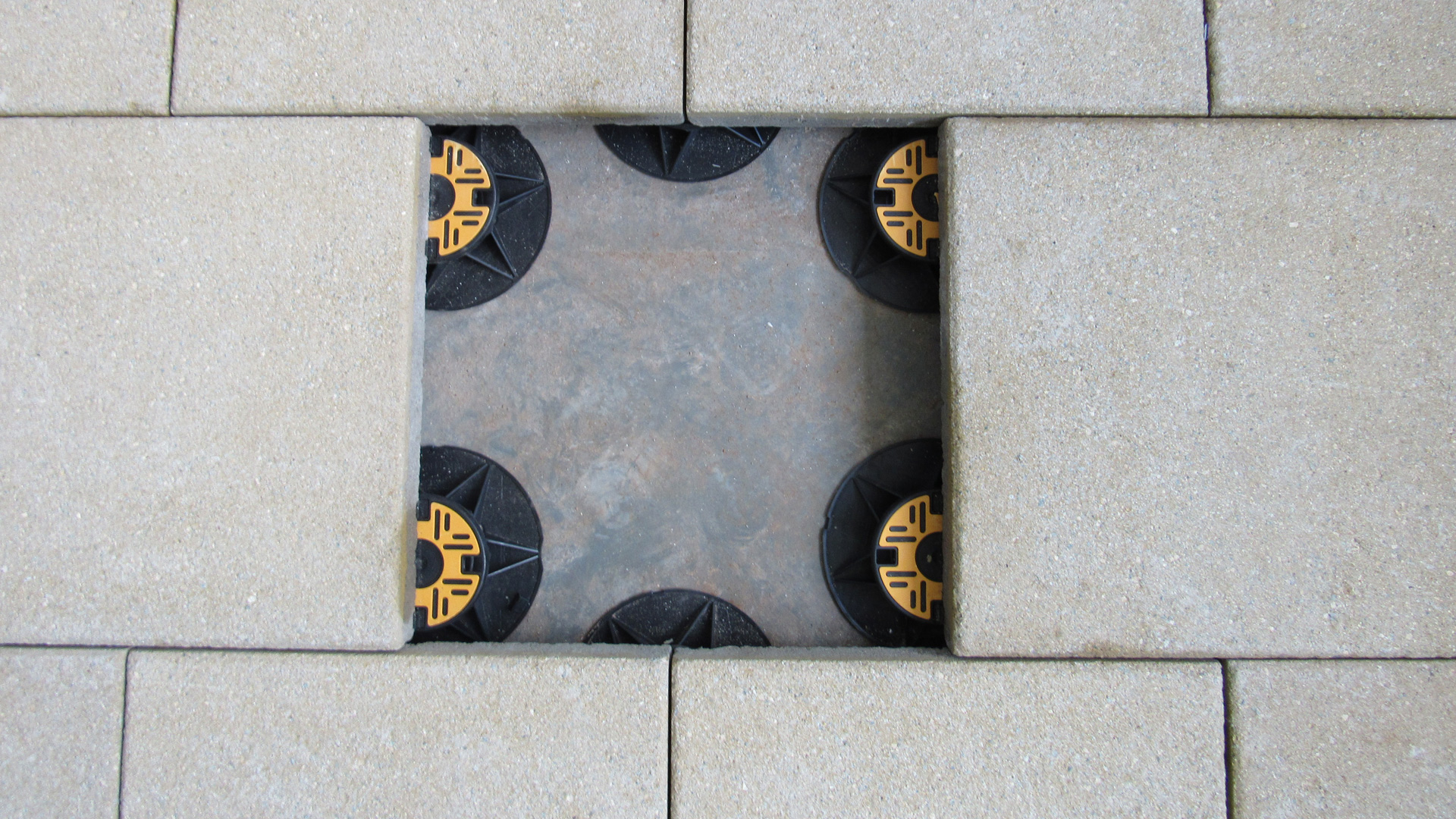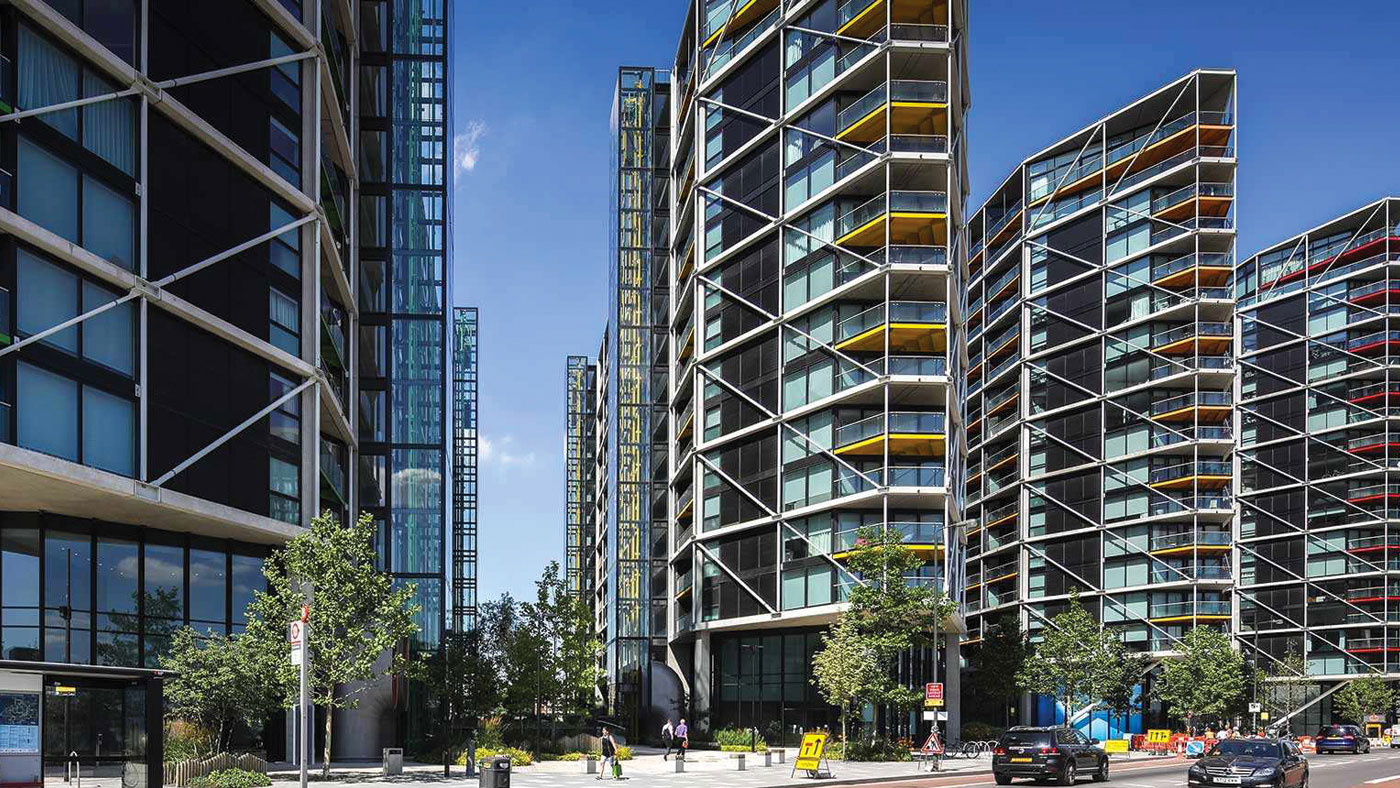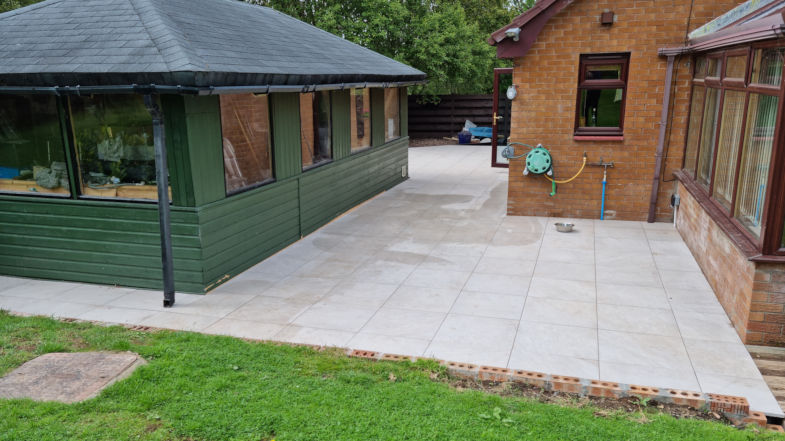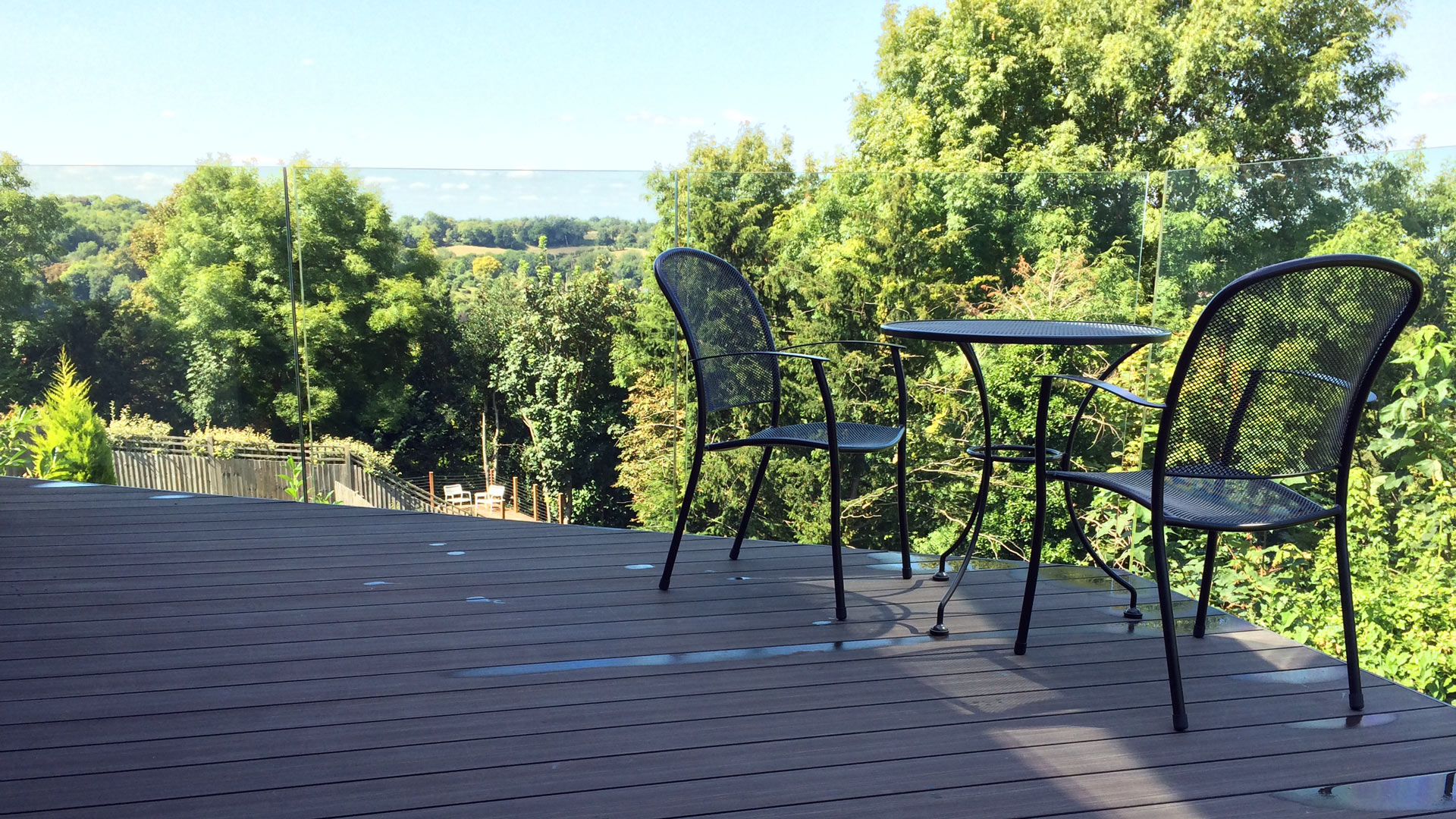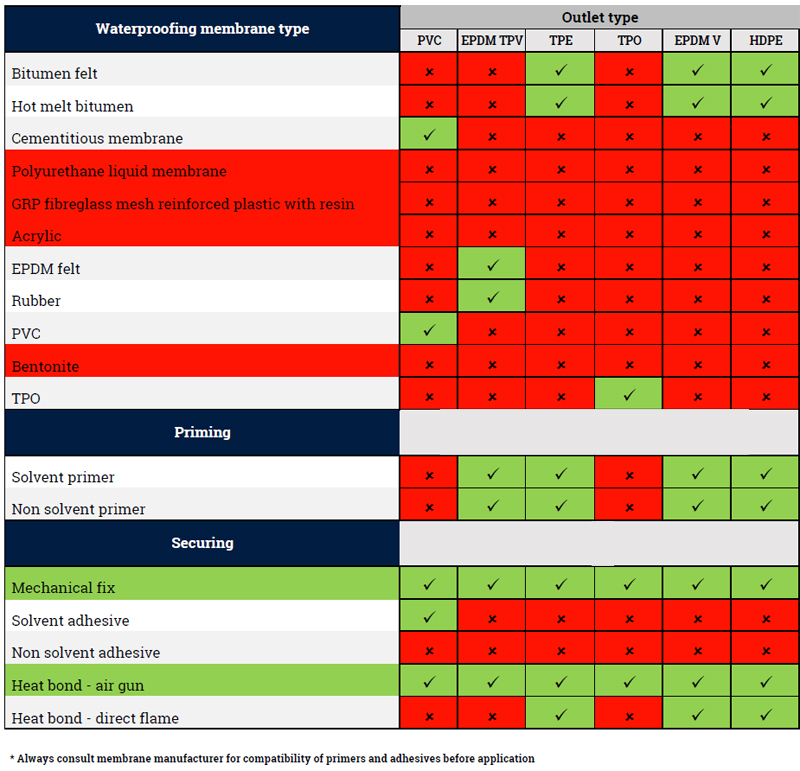“As long as you have a roof over your head, everything will be okay” is an expression that conjures the image of safety and practicality. For many, roofs are merely a practical architectural feature, but for others, they are much more. My Bronx-born grandfather often spoke of his roof as an urban oasis. He played on it with his siblings because, somewhat ironically, his mother thought it was safer than being on the streets. He slept on it when the August nights made his apartment sweltering. He recalled the laundry flapping in the wind on clotheslines strung by women in his building. And his family used their roof as a backdrop for their family photos since they were lacking in beautiful bucolic backdrops in his neighborhood. Today, we are still thinking of creative and beneficial uses for rooftops beyond storage of mechanical equipment and a place to mount cell phone towers. One of them is building green roofs.
Green roofs, also known as living roofs, involve the design, installation and maintenance of a system to support the growing of vegetation on a rooftop. Green roofs provide shade, remove heat from the air, capture airborne pollutants, and reduce stormwater runoff, among numerous other benefits. Perhaps most importantly, green roofs mitigate the heat island effect, meaning that the plants absorb light that otherwise would have been soaked up by the roof’s surface and turned into heat. Moisture trapped in the plants and growing media also uses the sun’s energy to be turned from a liquid into a gas, rather than generate more heat. Therefore, green roof temperatures can be 30-40°F lower than those of conventional roofs, and with enough of them, can even reduce city-wide ambient temperatures by up to 5°F (EPA). In addition to the environmental benefits of a green roof there are many economic benefits, such as job creation (design, installation, and upkeep), lowering energy costs for the building, and adding value to the property because they can be an attractive marketing feature for rentals and sales of residential and commercial space (National Park Service).
To view the full article, please click here.


